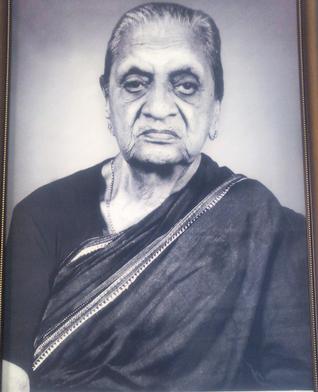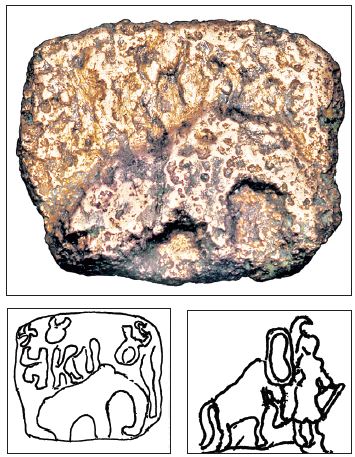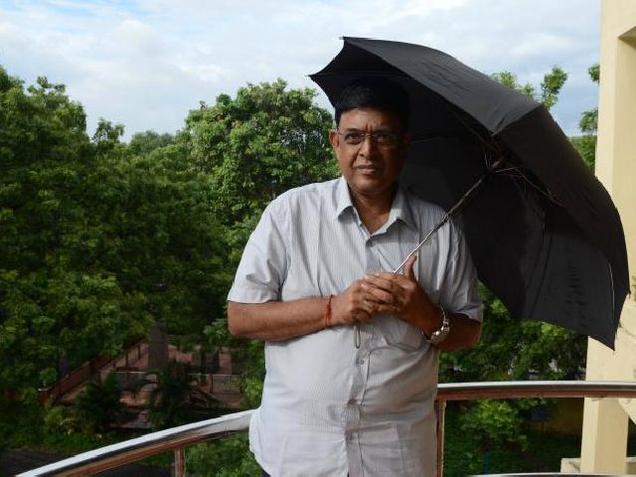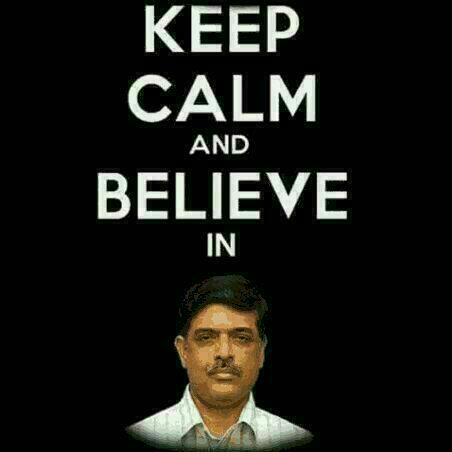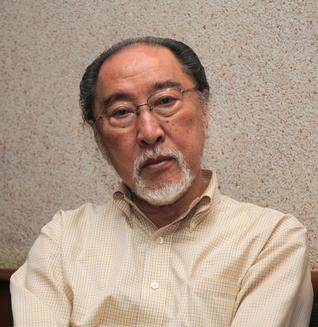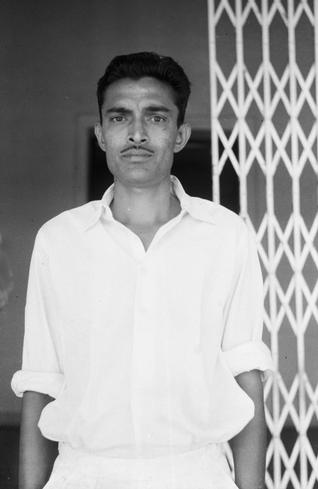Coimbatore :
T.V.M.Thillai Ammal ( 1914 – 2009 ) was the second daughter of T.A.Ramalingam Chettiar ( 1882 – 1952 ) the father of the Co operative movement and the first Member of Parliament from Coimbatore. Thillai Ammal was married to Dr. T.V.Muthuswamy at a tender age of 14 years. Muthuswamy passed away due to an attack of TB just three years after their marriage. She went to Chennai, joined a tutorial college and did a two-year programme. Thillai Ammal interacted with Mahatma Gandhi and attended a number of his prayer meetings. Later, she spent a lot of time in the Sabarmati Ashram where she was inspired to devote her time to the well being of the socially and financially downtrodden people. She gave her bangles away for the freedom movement.
The Kasturi Bai Trust was the first social organization that gave Thillai Ammal the required inputs that were to guide her. She returned to Coimbatore and Periya Naickenpalayam were her cousin T.S.Avinashilingam Chettiar had established the Sri Ramakrishna Mission Vidyalaya. It was here that began serving the society of this region. Her nephew, the octogenarian educationist remembers, “My aunt used to visit the nearby villages and teach people the value of hygiene and education. I used to accompany her on these missions. The prayer meetings mobilised women folk and they were taught crafts and awareness about health. She adopted villages and conducted street plays and villu paatus as part of a continuous awareness initiative. A number of them were offered assistance and therefore were able to establish themselves by purchasing cattle or setting up petty shops. She helped them acquire land for housing by acting as their representative. “
Later, she started Seva Nilayam with some kids in 1949 and subsequently her father T.A.Ramalingam Chettiar and the Coimbatore public helped her establish a permanent premises for Seva Nilayam at Syrian Church Road. Dr.Muthulakshmi Reddiar inaugurated the new facilities in 1950. Thillai Ammal started an Umber Charkha training course and a type writing course for widows in order to empower them. Seva Nilayam became the home for a number of abandoned kids and these kids grew up under her watchful eyes. She was the ‘Amma’ for these kids and the Saradhamani Primary School and the Seva Nilayam High School were created by her with the purpose of empowering the girls in her care. The kids who grew up at the Seva Nilayam were enriched with education, social and moral values and a sound traditional foundation that stood them well all their life. Thillai Ammal visited prisoners in jail and she tried to make a difference in the lives of the inmates and their families. A Junior approved school was started for the kids in need of rehabilitation in the year 1951 and a working women’s hostel came into being in 1982.
Thillai Ammal, educated thousands of girls and conducted hundreds of marriages. The Avinashilingam University honoured her with a Doctorate in 2004. Recalls Dr.T.V.Angappan, “Several citizens were made part of this initiative. Sir.R.K.Shanmukham Chetty, Dr.C.Subramaniam, R.Venkataswamy Naidu , M.S .Palaniappa Mudaliar were part of the committee. Social worker and legislator Savithri Shanmugam was with my aunt. She met eminent leaders such as Indira Gandhi, and K.Kamaraj who visited Seva Nilayam and appreciated her work.”
Jayshree Ravi, the grand niece and the Secretary of Seva Nilayam recalls, “I used to visit her everyday for more than 12 years. She made me unlearn a number of things before inculcating the concept of service in me. She was frank, simple, committed, calm, patient and understood the language of the downtrodden, handled difficult situations with aplomb and was fearless at all times. It is thanks to her hard work and her life long mission that Seva Nilayam has withstood the test of time . The sacrifice of Thillai Ammal is our foundation for she gave away all her wealth for this cause and she just had three khadi sarees in her cupboard along with one shawl presented by Indira Gandhi . Her ornament was benevolence”
The amazing T.V.M. Thillai Ammal was one of the early social workers among the women of Coimbatore who added lustre to the lives of the downtrodden.
source: http://www.thehindu.com / The Hindu / Home> Features> MetroPlus / by Rajesh Govindarajulu / November 27th, 2015
